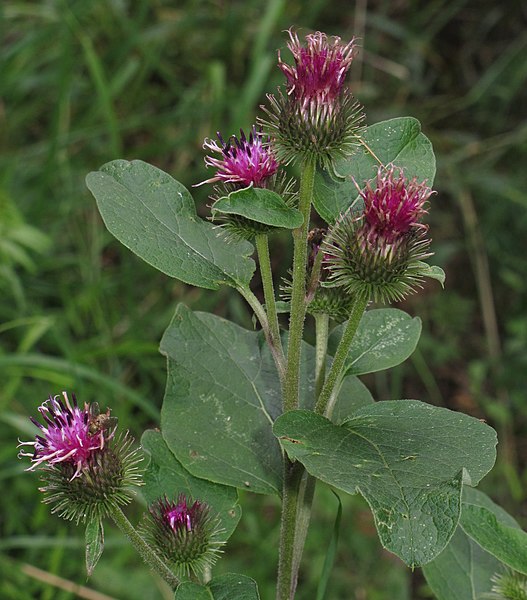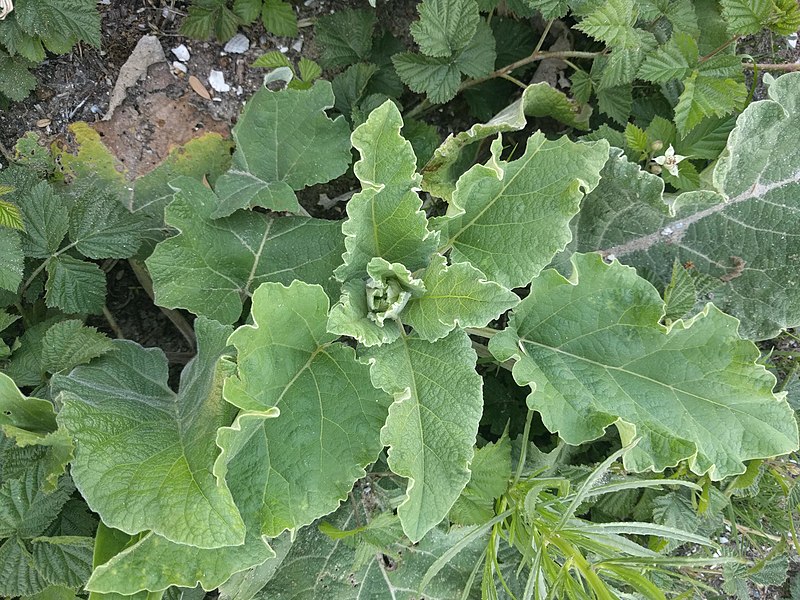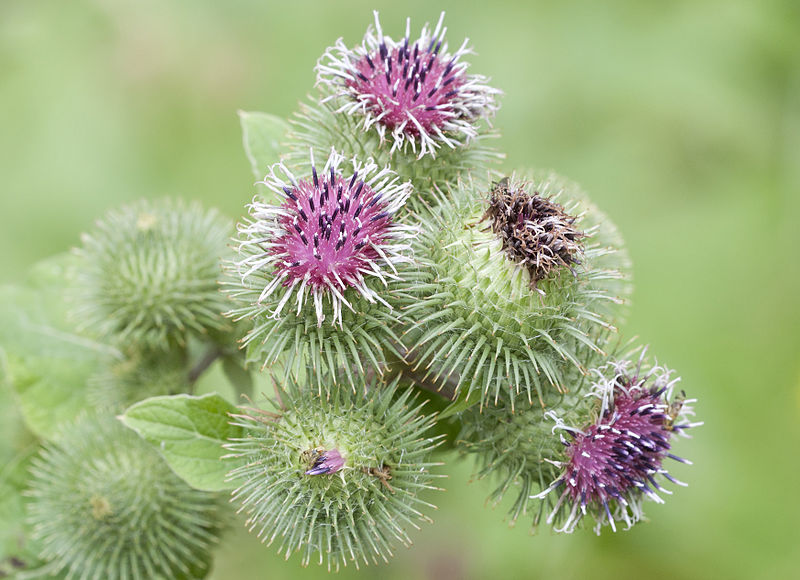Common Burdock Identification – Arctium minus
Heads up
Every explorer has likely had an encounter with the Common Burdock, whether they knew it or not. Those sticky, spiky seed heads that latch onto your clothes or your pet’s fur are the tell-tale signs of this resilient plant.
Common Burdock, or Arctium minus. It’s a member of the Asteraceae family, which many might recognize as the Aster family. Many plants in this family have those classic starry or daisy-like flowers. But not the Burdock; it prefers to be a bit different!
Common Burdock: Key Parts in Photos



Where to find it
Burdock’s hardy nature allows it to thrive in a variety of environments, whether it’s the sunny fields or the shaded woods. Often, it finds a cozy spot in ditches, along railway tracks, or near the woodland edges. Look out for it in areas with disturbed soil, as it loves these kinds of places.
How to identify Common Burdock
Leaves play a pivotal role in plant identification. Burdock’s basal leaves, which means they grow at the bottom of the plant, are pretty huge – around 1 to 2 feet long. The leaves higher up on the plant tend to be smaller and are attached alternately to the stem.
Burdock’s flowers are more on the subtle side. They’re pinkish-purple, occasionally white, and remind one of tiny thistles. These are tightly packed in clusters, either in a raceme (a central stem with flowers branching off it) or a panicle (a bit like a pyramid shape with flowers at various levels). Each cluster has up to 40 tiny flowers, surrounded by spiky bracts (those are modified or specialized leaves). These bracts come with tiny hooks at their tips.
Burdock’s fruits are what make this plant so recognizable. They have a unique barbed structure, which helps them cling onto anything that brushes past. Each seed is dark brown, nearly black, and comes with a tuft of light-brown bristles. But these aren’t forever; as the seed dries, these bristles fall off.
